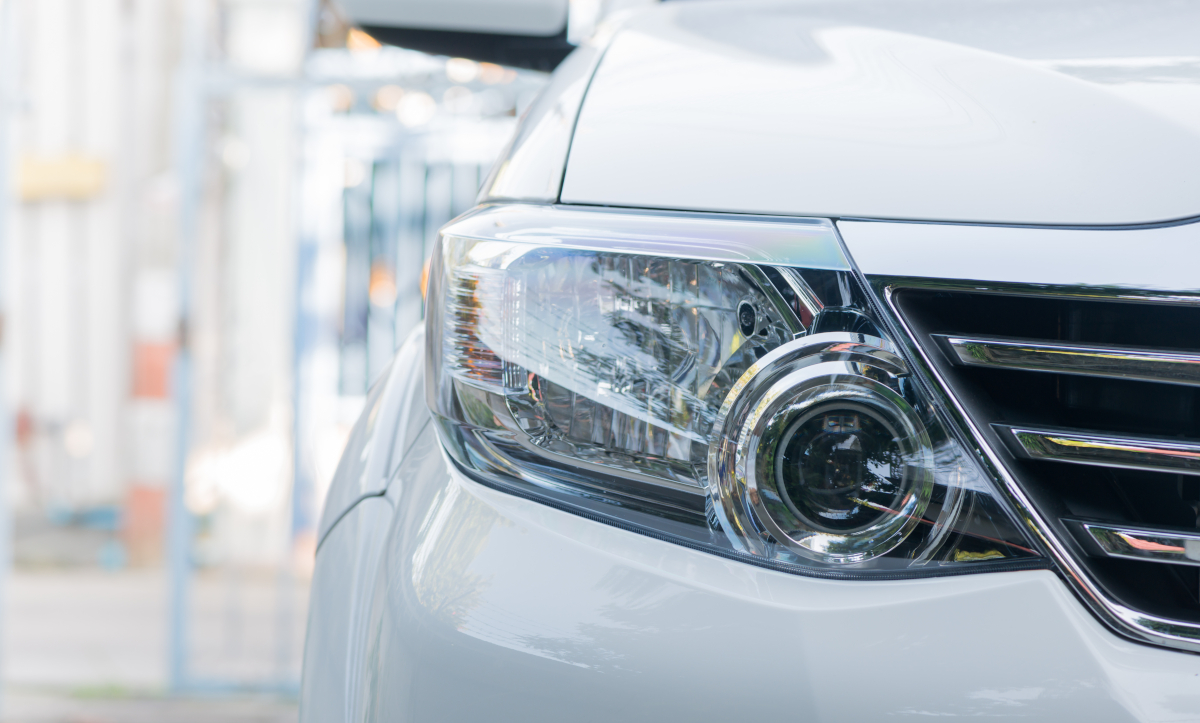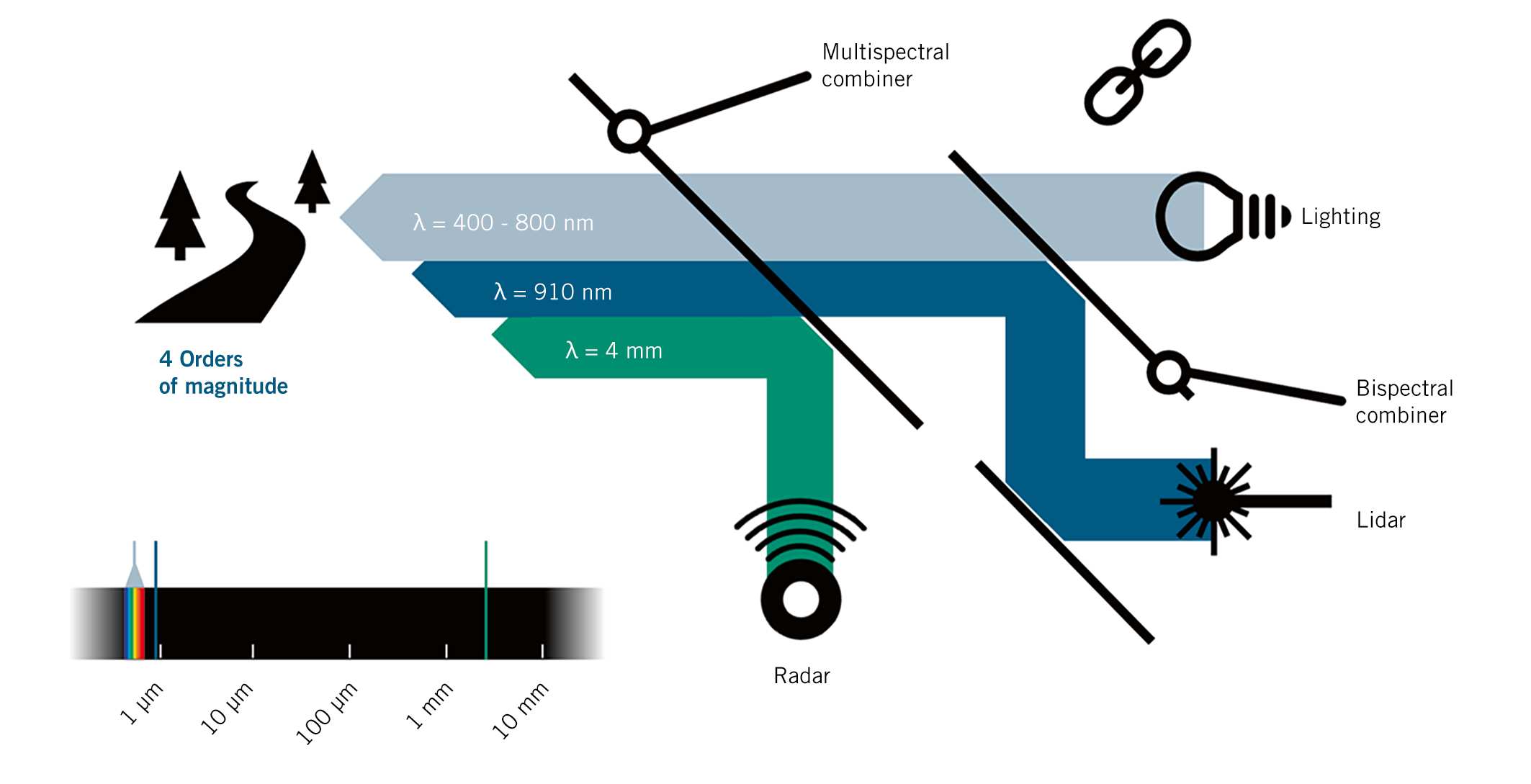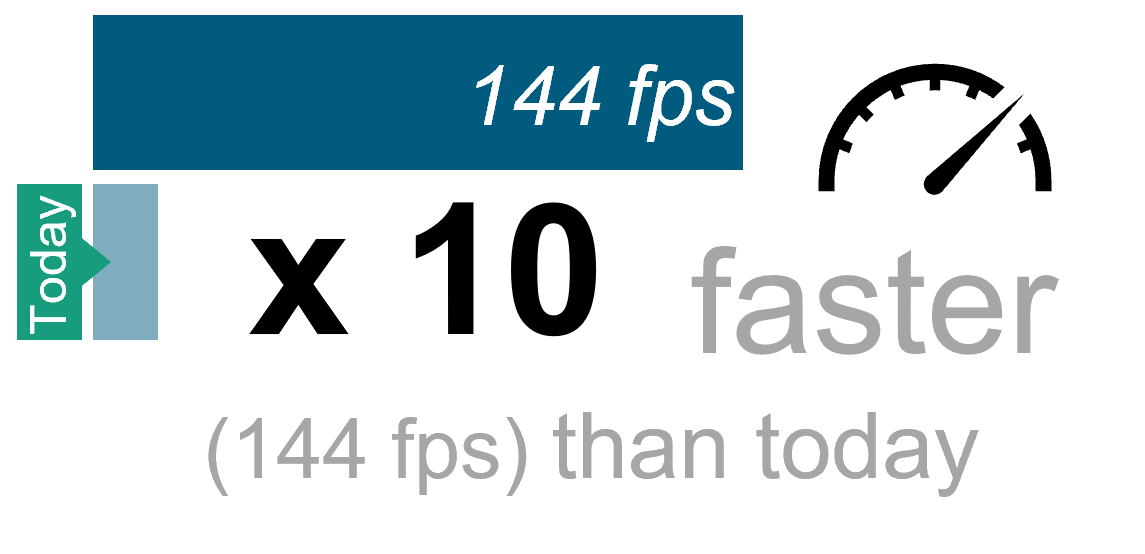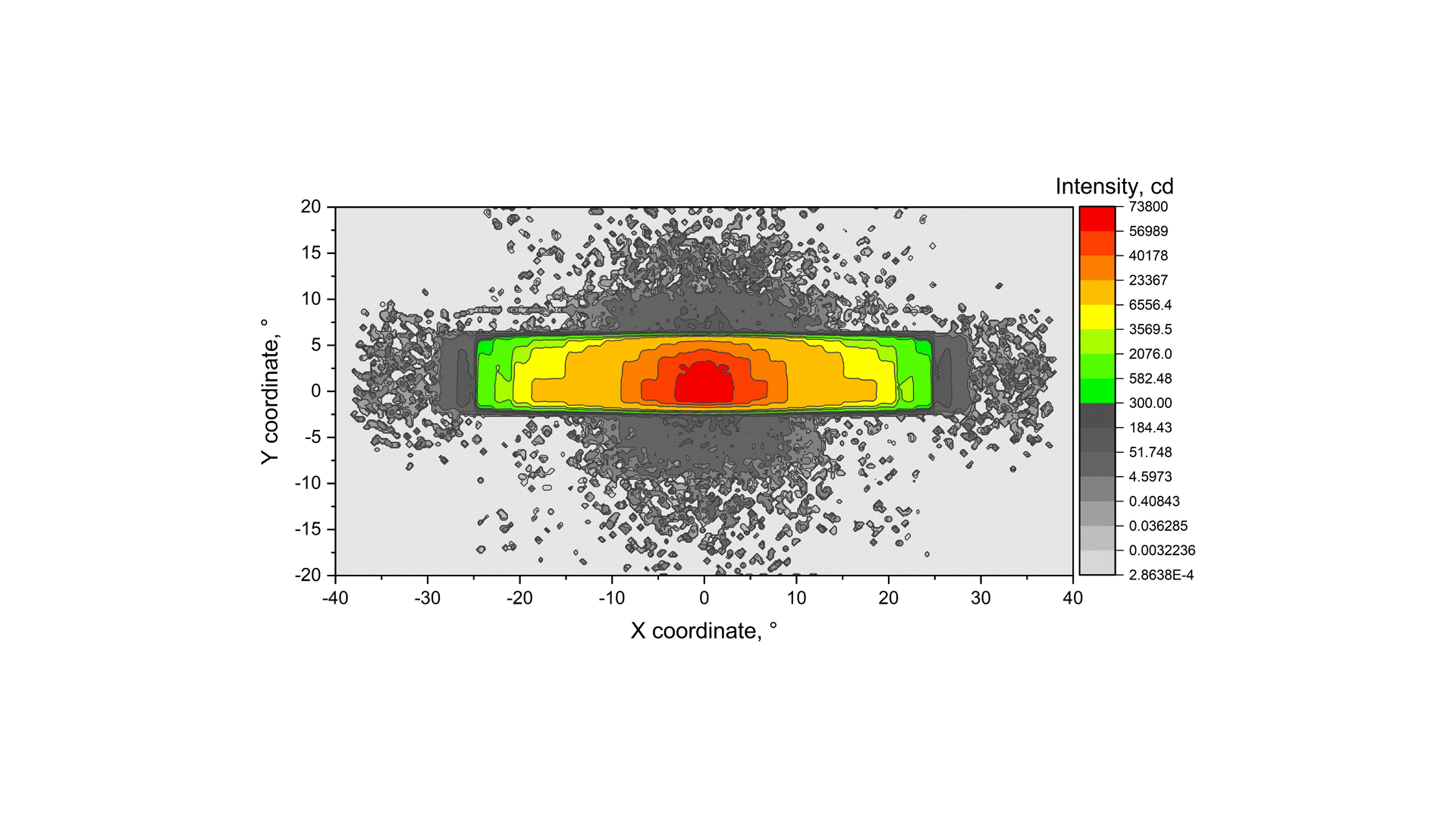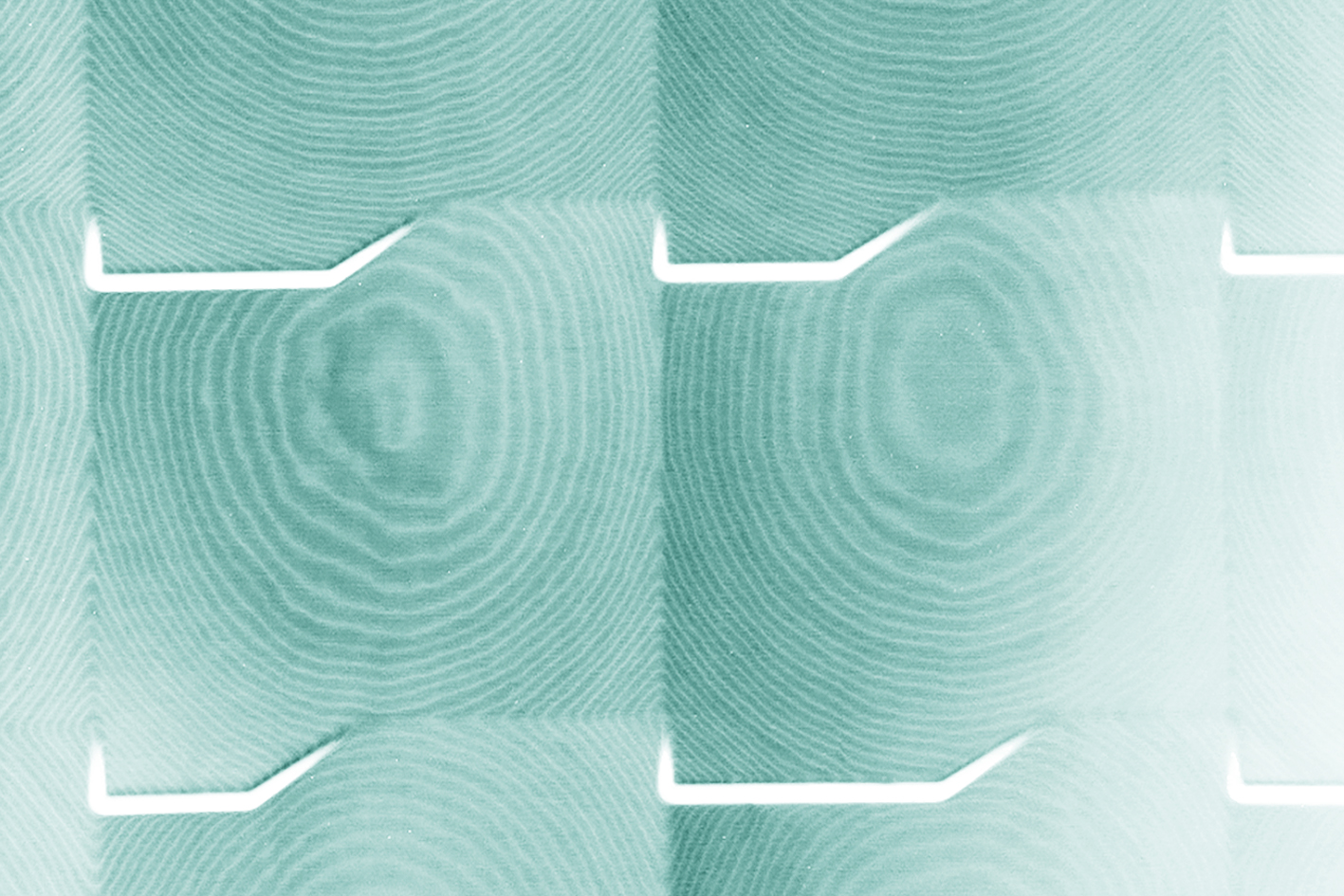As the degree of automation in mobility increases, so do the demands on the sensors used and their number in the vehicle. This, however, is partly at odds with vehicle design. This environment, a competition for space, will intensify further with growing electrification and automation. Electrification will turn the automobile’s front panel into a new, prominent surface and put the traditional sensor placement, behind the radiator grille, to the test.
Semi-autonomous and autonomous driving requires not only more sensors, but different kinds as well – such as lidar, radar, ultrasound and cameras – to ensure that the overall system performs best regardless of interference. In other words, the environment must be monitored as quickly and reliably as possible. Furthermore, the sensor fields must be congruent with each other to enable data fusion.
This is where the headlights come into play: They play a strategic role in how sensors can be integrated. Cameras and lidar, which operate in the optically visible or near infrared range (NIR), can be perfectly accommodated in the headlight and are, thus, protected from environmental factors.
The Smart Headlight project, which brings together researchers from different disciplines, addresses key questions regarding how feasible it is to coaxially integrate radar and lidar into the headlight itself. The project takes into account illumination, the measuring range, interference immunity, the field of vision, temperature development and soiling.
 Fraunhofer Institute for Laser Technology ILT
Fraunhofer Institute for Laser Technology ILT